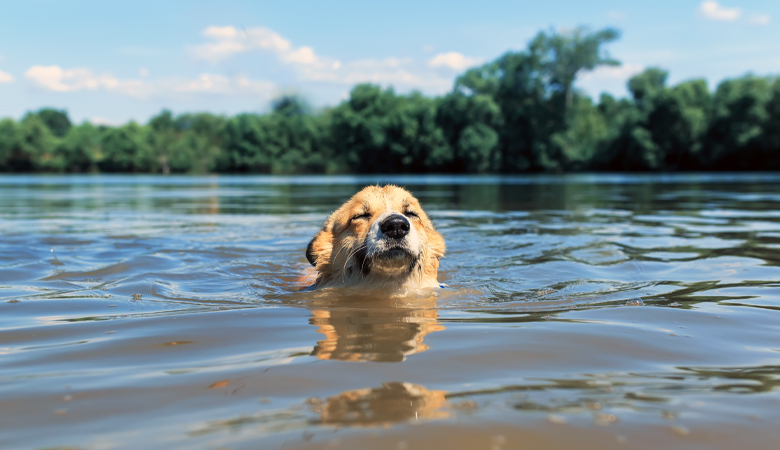Limber Tail in dogs
Written by Anouk |
After an intensive swim or training session, your dog’s tail suddenly droops and barely moves. No cheerful wagging, just a stiff, numb tail that clearly gets in the way. This phenomenon, commonly known as limber tail (also called swimmer’s tail or cold water tail), occurs more often than you might think, especially in active breeds. Although it’s usually harmless, it’s important to recognise the signs and know what you can do. In this blog you’ll read what it is, how to spot it, and how to support recovery.

What is Limber Tail?
Limber tail is a temporary condition in which a dog’s tail suddenly hangs limp and no longer moves normally. The muscle group at the base of the tail becomes overworked or mildly inflamed, which can be quite painful. It occurs particularly after strenuous exercise, swimming in cold water, or prolonged confinement in a crate or car.
Known triggers include:
- Swimming in cold water
- Excessive exertion (hunting, training, agility)
- Spending a long time in a small space (such as a crate or car)
- Sudden cooling of the muscles



